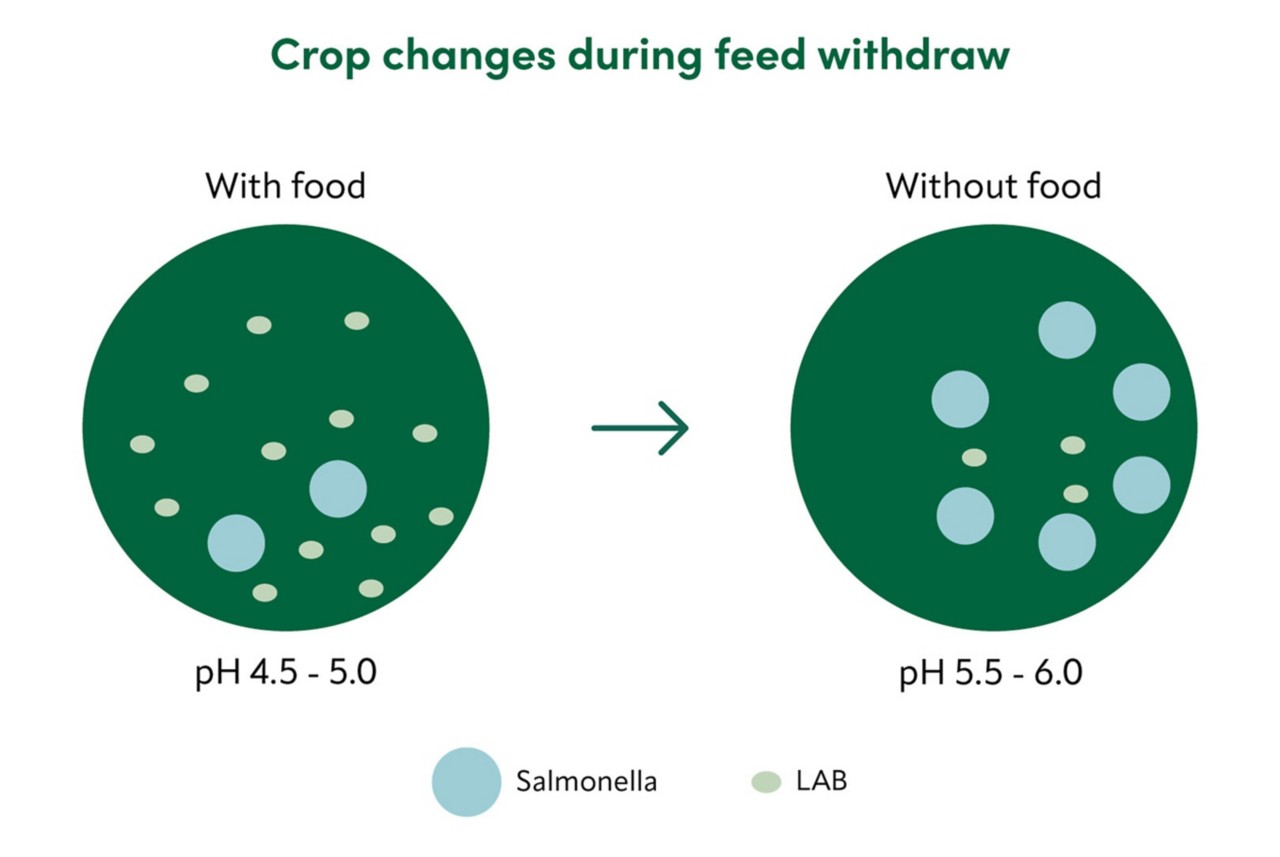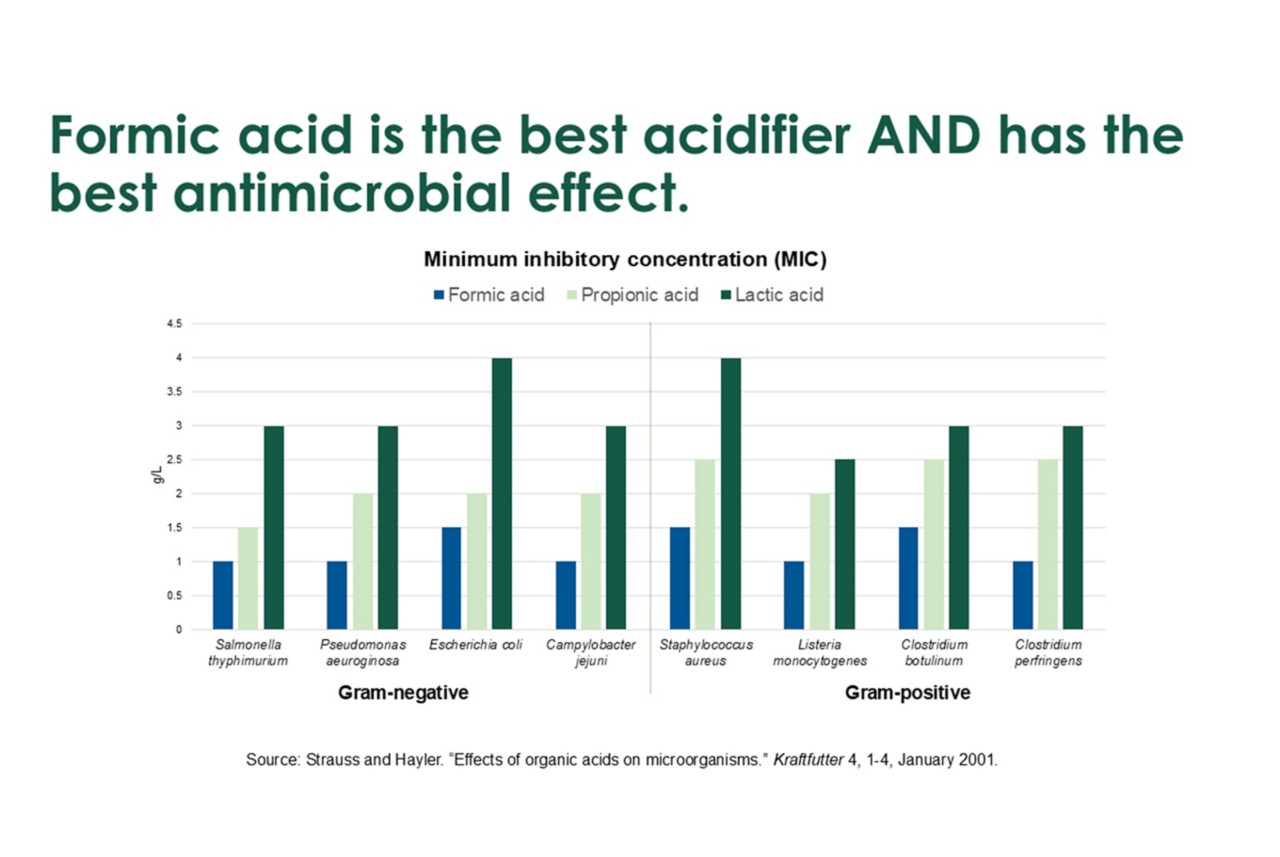Water is the most essential nutrient for all forms of life, and poultry are no exception. Ensuring that your birds receive the cleanest and most beneficial water is vital for their health and productivity. Effective water management involves two objectives: maintenance and sanitation of the drinker system and using this system to deliver water-soluble products that support bird health.
Managing the drinkers
Water sanitation is crucial for maintaining clean delivery systems and ensuring safe drinking water. Both factors significantly impact the development of biofilm in the drinker system. When the poultry house is empty, the focus should be on eliminating mineral scale buildup, which serves as a foundation for biofilm formation. This process also removes nutrients that bacteria thrive on. To effectively tackle mineral scale, a strong mineral acid should be employed. Following this, oxidizing sanitizers like chlorine or hydrogen peroxide can be used to inhibit bacterial biofilm development and minimize bacterial contamination from the water source.
Cleaning should always precede sanitization for optimal results. The most effective cleaning regimen while the house is empty involves using a strong acid for descaling and an oxidizer for disinfection. It is essential to ensure that the drinker lines are fully charged with the cleaning solution, allowing complete contact with the descaler. Initially, it’s advisable to let the acid sit in the lines for about eight hours to prevent debris from forming a gel-like substance that could obstruct flushing. Once a regular cleaning routine is established, products can remain in the lines for up to 24 hours before being sanitized with the oxidizing agent.
Managing the birds
Using the drinker system for water delivery allows for a targeted, flexible and cost-effective approach. To minimize harmful bacteria in poultry houses, it is critical to create an environment that limits pathogen transmission between birds. This is especially important during transitional periods — when birds are first placed in the house or moved to different areas like the grow-out barn or during feed withdrawal. By leveraging the drinker system, water additives can significantly influence the gastrointestinal (GI) tract microbiota, promoting beneficial microflora while suppressing harmful strains, especially in early stages of a bird’s life and each feed transition phase.
Providing water with a pH below 4.0 during these early weeks protects the crop, allowing normal flora to establish, especially during rapid growth. Incorporating medium-chain monoglycerides during these critical periods supports microbiome balance throughout growth. Short-chain monoglycerides help mitigate inflammation and enhance intestinal barriers, promoting overall resilience against challenges.
How water acidification works
Properly designed water acidification programs can significantly benefit poultry. Acidifying drinking water during the first seven days of life reinforces the lactic acid-producing bacteria (LAB) in the crop’s normal ecology, helping maintain a low crop pH until stable LAB populations establish. This low pH reduces the proliferation of harmful bacteria, allowing beneficial gut flora to colonize effectively.

Formic acid is one of the most effective acids for crop acidification. Its unique chemistry allows for higher concentrations, providing flexibility for various applications. Unlike weaker organic acids, formic acid has a cleaner taste profile and superior acidification properties, making it an ideal choice for poultry.

The role of monoglycerides
Monoglycerides, formed by combining organic acids with glycerin, play a crucial role in poultry health. Short-chain monoglycerides such as monobutyrin enhance immune function and reduce inflammation by binding free-fatty-acid receptors present on almost all cells, improving immune function, blunting inflammation and maintaining mucosal integrity. Medium-chain monoglycerides destabilize harmful bacterial cell membranes, promoting gut health against bacterial stressors. By combining acids like formic acid with short and medium-chain monoglycerides, you can maximize benefits through synergistic effects and multiple modes of action in a single treatment.
Considerations for dosing water additives
A one-size-fits-all approach does not apply to dosing water additives. It is essential to consider the specific characteristics of water on each farm, the purpose of the additive, and whether it is being used for prevention or complementary support. Water alkalinity is a significant factor influencing dosing efficacy and can vary greatly between sources.
Understanding water alkalinity
Alkalinity is NOT the opposite of acidity when it comes to water. Water alkalinity measures the total carbonates in a water source and is reported as mg CO3/mL. It indicates how many minerals are present and affects scale formation and acid binding. Alkalinity is a measure of the sum of the calcium carbonate, magnesium carbonate, sodium carbonate and potassium carbonate in the water. Hardness measures the total of magnesium and calcium carbonates in the water. Therefore, all hard water is alkaline, but not all alkaline water is hard. Knowing both the starting pH and alkalinity helps determine the necessary amount of acid to achieve target pH levels.
In summary
Employing water additives for managing drinker systems and bird health is key to maximizing farm performance. Proper sanitation and cleanliness improve hygiene, while a multifunctional water additive with a blend of active ingredients enhances bird health and productivity.
Water additives are most beneficial:
- During the first seven days post-placement to maintain low crop pH
- For pullets during restricted feeding periods
- Before, during and after feed changes to support gut flora stability
- During stress periods to reinforce natural defense mechanisms
- In the first week after moving to a breeder or grow-out house
- For constant acidification in high pH areas (above 8.0)
- During heat stress and decreased feed consumption
- For antibiotic-free or free-range birds
- In the 24 hours prior to slaughter for maintaining normal crop pH during feed withdrawal
- For cleaning and biofilm removal in water lines
By focusing on water management and sanitation, you can create a healthier and more productive environment for your poultry.




